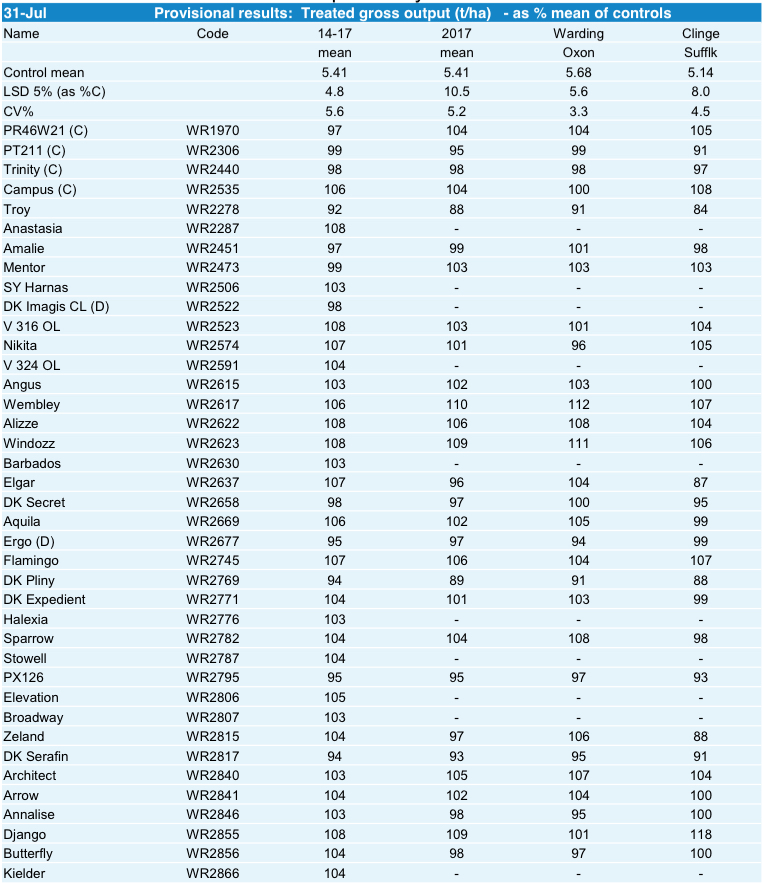Boosting oilseed rape establishment
4th July 2019
Despite being a profitable and effective break crop, and one which enables cereal growers to introduce alternative black-grass herbicides into their rotation, the long-term future of oilseed rape in the UK is coming under scrutiny.
Why is OSR establishment such a challenge?
Despite being a profitable and effective break crop, one which enables cereal growers to introduce alternative black-grass herbicides into their rotation, the long-term future of oilseed rape in the UK is coming under scrutiny, with industry experts claiming that the UK acreage in 2020 is likely to fall from its current level of 580,000ha to as low as 500,000ha.
This is partly because the UK’s unpredictable weather patterns are making uniform establishment more challenging to achieve, but also because OSR growers in the UK are no longer able to use neonicotinoid seed treatments.
With these factors in mind, the ability to establish a vigorous and viable crop, and to protect the young crop from competing weeds is more critical than ever. Thankfully, ADAMA’s portfolio of pre- and post-emergence herbicides means there’s one less issue for growers to worry about this autumn (Crawler, Sultan, Legion, Rocket, Falcon and Blanco).
How to Maximise herbicide efficacy
With the successful establishment of oilseed rape crops proving increasingly difficult to achieve – especially in situations where drilling has been delayed as part of a black-grass control strategy – it can be tempting to withhold pre-emergence herbicide applications until the crop has emerged.
Fortunately, while a combined programme of pre- and post-emergence herbicide treatments will give the best levels of weed control, the pre-emergence element isn’t necessarily fundamental to the crop’s viability: a well-timed post-emergence treatment (using a suitable herbicide applied at the optimum growth stage) will enable growers to wait until the crop has fully emerged before committing to the expenditure of a herbicide treatment.
Before settling on a specific herbicide protocol, it is important to understand both the advantages and disadvantages of pre- and post-emergence strategies and to develop a spray programme accordingly.
Protecting water quality with early post-emergence treatments
Where oilseed rape has been sown early, there may be a tendency towards favouring post-emergence weed control: simply because there may not be time during the busy harvest, cultivation and drilling season for a pre-emergence treatment to be applied. Unfortunately, this strategy poses an increased risk for water quality as post-emergence treatments are often applied when drains are running in October and November.
To reduce this risk, growers should consider an earlier application of an effective herbicide such as Crawler (600 g/kg carbetamide) which can be applied from pre-emergence of the crop all the way through to stem elongation or the end of February. Using Crawler at pre-emergence is an effective way of kick-starting black-grass control as it targets the roots of young, shallow-rooted weeds and weakens their resolve to subsequent chemistries.

ADAMA’s herbicide technical specialist, David Roberts
New hub coming soon!
David Roberts, ADAMA’s herbicide technical specialist will be sharing updates throughout the autumn. Our aim is provide you with the latest advice to make oilseed rape work and provide a better understanding of how to improve the efficacy of autumn herbicides.

